Latest radiation therapies for treating breast cancer may minimize exposure to the heart
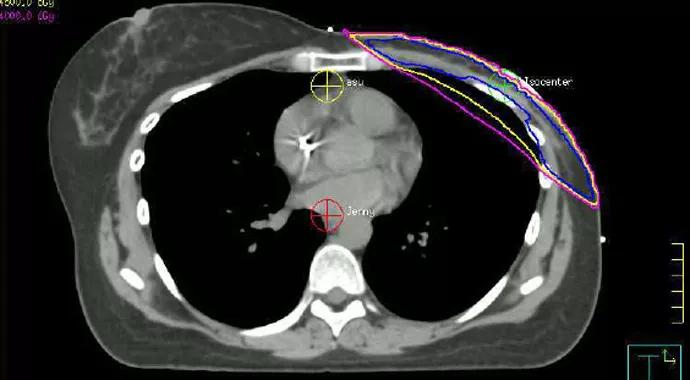
One in 8 women will develop breast cancer—it is the most common solid tumor diagnosis in women. The good news is, many more patients today are “survivors” because of advanced chemotherapy and radiation therapy techniques.
Cleveland Clinic is a non-profit academic medical center. Advertising on our site helps support our mission. We do not endorse non-Cleveland Clinic products or services. Policy
But these therapies may come with some small risk of developing heart complications down the road. “We have known for years that radiation directed at the heart can cause late side effects, such as coronary artery disease and even heart attacks,” says Rahul Tendulkar, MD, a radiation oncologist at Cleveland Clinic. “We want to do everything possible to minimize these late toxicities as more patients are being cured and we have a greater number of long-term survivors of breast cancer.”
The potential cardiac toll of cancer treatment has been making waves in the media, especially after a study published this spring by New England Journal of Medicine aimed to quantify the relationship between radiation for breast cancer and late cardiac events. The problem with that study, Dr. Tendulkar points out, is that the radiation techniques used were outdated. “With the latest advances in breast cancer therapy, we can take that 1-percent risk [of heart complications] down closer to zero,” he says.
Cleveland Clinic offers breast cancer patients cardiac-sparing radiation therapy options that reduce the exposure of the heart to treatment. Here are some of them:
CT scans for radiation planning ensure that radiation beams are aimed directly at the affected breast tissue. “You can see how much of the heart is being included in the [radiation beam] field,” Dr. Tendulkar says. Today, the shape and size of the radiation field is designed to minimize exposure to the heart. Through conformal treatment planning, portions of the heart are blocked out of the treatment path.
Taking advantage of gravity can reduce radiation exposure to the heart when treating breast cancer patients in the prone position (lying on the belly). This position allows breast tissue to fall away from the chest wall so radiation can be aimed from underneath the breast. “There are studies that show this is an effective way of reducing the heart dose of radiation for select patients,” Dr. Tendulkar says.
Filling the lungs with air separates the heart from the rib cage, and that physical gap minimizes the dose of radiation that reaches the heart. Active Breathing Control (ABC) involves attaching a breathing device to the patient’s mouth. Radiation therapists instruct the patient to inhale deeply and hold her breath for a few seconds while the radiation treatment is being delivered. This technique is more challenging for patients and more time consuming, but it does reduce the radiation dose that reaches the heart, Dr. Tendulkar says.
“With the advent of these technologies, from conformal treatment planning to ABC, the radiation doses the heart receives are a faction of what they were 10 to 15 years ago,” Dr. Tendulkar says, adding that every radiation treatment plan is customized for each patient. “We now have multiple cardiac-sparing breast cancer therapies to offer patients and that’s important because treatment is never one-size-fits-all.”

Correlation found between the biomarker HSD3B1 and resistance to combined hormone therapy and radiotherapy

Meta-analysis suggests efficacy and safety
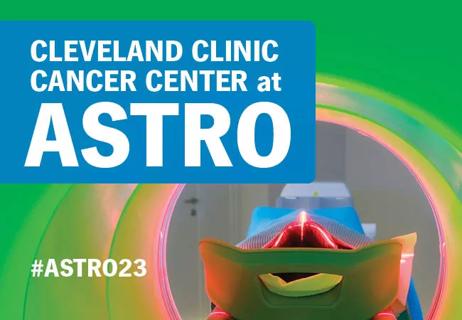
Highlighting top abstracts for the annual radiation oncology conference

Transperineal ultrasound a viable, non-invasive option for monitoring intra-fractional prostate motion

Key abstracts highlight advances in treating locally advanced and refractory disease
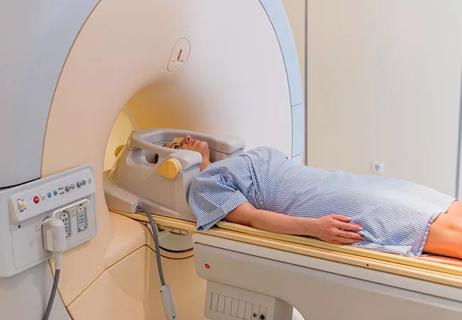
Multidisciplinary team to examine radiation therapy combined with immunotherapy
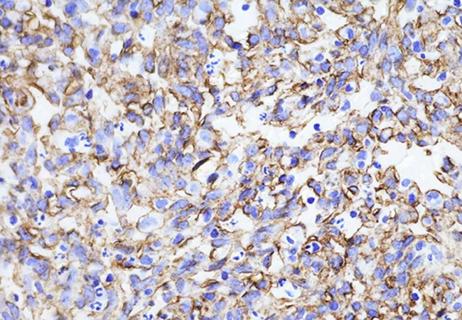
Preoperative treatment ensures successful surgical resection
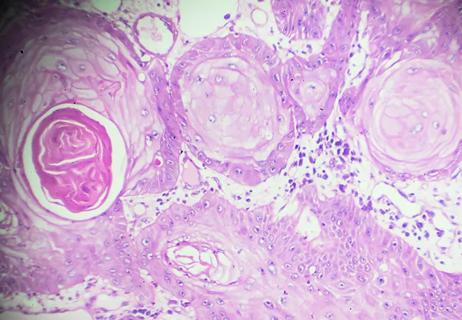
Modification of traditional staging factors associated with survival in high-risk disease